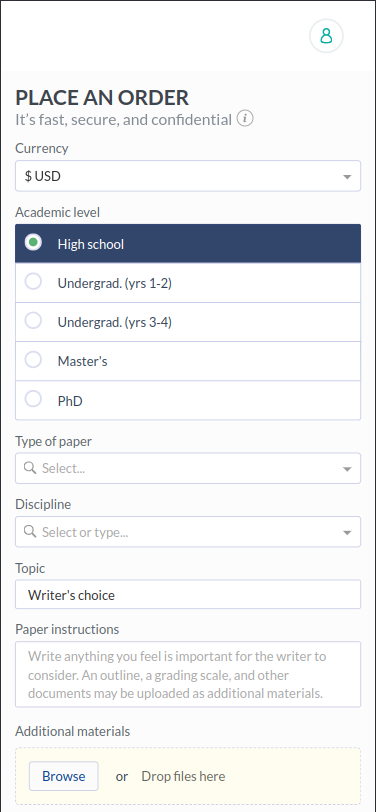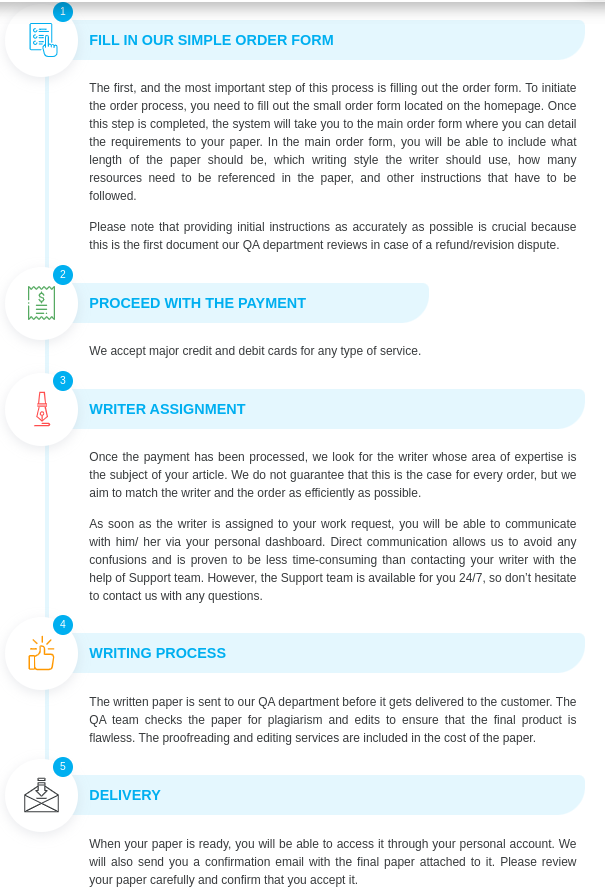NURS 6512 Week 4 iHuman Itchy Rash
Reason for encounter
Itchy rash
History of Present illness
A 36-year old overweight female with a PMH of type 2 Diabetes presents in the outpatient clinic for evaluation of a continuously worsening rash. The rash begun 2 weeks ago when she woke up one morning to find a round circular patch on her right thigh. The rash has gradually spread to the left inner thigh in the first few days with the number of spots increasing daily. The rash hasn’t disappeared since it started. Efforts to apply OTC steroid cream worsens the rash. She further describes it as itchy with a severity of 6/10. She denies new lotions, soaps, deodorants, recent use of a hot tub, recent camping or exposure to poison ivy/sumac. She spends her time at the gym when her son’s at school and recently took up swimming to help with weight loss.
CASE FINDINGS
- Significant itching
- Lesions with raised border
- Frequent workouts in hot, humid environment
- No history of recent travel
- Multiple circular lesions on thighs
- Lesions have central clearing
- PMH type 2 diabetes
- Duration of rash; 2 weeks
- Exacerbation of symptoms with topical corticosteroid use
CASE PROBLEM STATEMENT
The patient is a 36-year old overweight female with a PMH of type 2 Diabetes who reports two weeks of progressively worsening 6/10 itchy circular rashes on both thighs. She has used an over the counter topical steroid for three days and reports intensified redness and a burning sensation. Reports beginning workouts at an indoor pool. She denies fever, recent travel, exposure to known irritants or new skin products, recent skin injuries, insect or animal bites, or any infections. Physical exam reveals multiple circular lesions on the bilateral thighs with raised borders, central clearing, and associated erythema and scaling. No discharge, palpable nodules, fluctuance, vesicles, or pustules are present.
ORDER NURS 6512 WEEK 4 IHUMAN ITCHY RASH NOW
Review of Systems (ROS)
General: patient denies fevers, chills, night sweats, fatigue, generalized weakness, changes in appetite, or sore throat.
HEENT/Neck: noncontributory
Cardiovascular: patient denies palpitations, history of murmurs, chest pain, chest discomfort, orthopnea, or paroxysmal nocturnal dyspnea (PND).
Respiratory: patient denies productive/non-productive cough, shortness of breath (SOB), wheezing, difficulty in breathing (DIB), or runny nose.
Gastrointestinal: noncontributory
Genitourinary: noncontributory
Musculoskeletal: noncontributory
Neurologic: patient denies tingling or numbness in face, hands, upper or lower extremities, denies headaches, fainting, dizziness, or loss of memory.
Psychiatric: noncontributory
Endocrine: patient denies intentional/unintentional weight gain/weight loss, denies heat/cold intolerance, denies excessive thirst, excess loss or growth of hair on arms, face or legs, denies hyperthyroidism or hyperthyroidism.
Hematologic/Lymphatic: denies swollen lymph nodes, blue or cold hands, lips, or feet, spontaneous bruising or bleeding, denies delayed healing from bruising or cuts, denies anemia (self or familial).
Allergic/Immunologic: patient denies known/unknown food, environmental, or medication allergies.
Past Medical History: type 2 Diabetes Mellitus (DM)
Hospitalizations/Surgeries: patient denies minor/major surgical, medical, or dental procedures. Denies hospitalization for acute or chronic illnesses.
Preventive Health: uptodate
Medications: metformin
Allergies: patient denies known/unknown food, environmental, or medication allergies.
Social History: patient is a stay at home mum. She does frequent workouts in hot and humid environments (gym & swimming). Lives with husband and her son. She takes 2-3 glasses of wine every week, denies illicit/creational drug use, denies tobacco smoking or use of tobacco products.
Family History:
Father (64-years old) has PMH of hypertension and hyperlipidemia.
Mother (60 years old) has PMH of type 2 Diabetes Mellitus.
Paternal grandfather deceased at 84 years old with PMH of stroke and high cholesterol.
Paternal grandmother (83 years old) with a PMH of coronary artery disease (CAD).
Maternal grandmother (78 years old) with PMH of hypertension.
Maternal grandfather (82 years old) with a PMH of high cholesterol.
Objective Data
General: AOX4, in no pain or respiratory distress, vital signs within normal limits, appropriately groomed.
HEENT/Neck: Deferred
Cardiovascular: S1 & S2 heard, no peripheral or facial edema, HR 84bpm, regular at rest. No rubs, gallops, or murmurs, no jugular venous distension (JVD), PMI at 5th intercoastal space (ICS) midclavicular line (MCL).
Chest/Respiratory: no moles, scars, erythema, or ecchymosis, no use of accessory muscles, chest wall is symmetrical & moves with respiration, bilaterally normal breath sounds on auscultation, no wheezes, rales, crackles, or rhonchi, RR 16bpm, regular & unlabored. Resonant anterior lung fields on percussion, dull left anterior and right lower fields to percussion.
Abdomen: Deferred
Genitourinary/Rectal: Deferred
Musculoskeletal: multiple circular lesions on bilateral inner thighs measuring approximately 1- 3 inches with raised borders and central clearing. There’s erythema and scaling within lesions. No coordination or balance deficits, FROM in all joints, muscles symmetrically developed in the upper and lower extremities, no sensory deficits.
Neurologic: AOX4 to person, place, time, and situation, Deep tendon reflexes (DTRs) intact, perception of depth intact, cranial nerves intact, memory intake can recall events of the past 3 days, can distinguish hot & cold temperatures, hard, soft, sharp and blunt sensations on both upper and lower extremities.
Skin: normal skin turgor, capillary refill <2 seconds, multiple circular lesions on bilateral inner thighs measuring approximately 1- 3 inches with raised borders and central clearing, KOH skin scraping shows septate hyphae, there’s erythema and scaling within lesions.
Lymphatic: no regional or peripheral lymphadenopathy.
Psychiatric: deferred
ORDER NURS 6512 WEEK 4 IHUMAN ITCHY RASH NOW
Management Plan
Diagnostic testing
- No additional diagnostic tests are needed in this visit.
Medications (write out as a prescription)
- Clotrimazole 1% cream: Apply topically to affected areas 12 hourly for 2-4 weeks (Leung et al., 2020).
- Hydrocortisone 1% cream: Apply PRN for inflammation for 3 days only
Consults/Referrals
- Dermatology consult if lesions become refractory to treatment (Yee & Al Aboud, 2020).
Patient Education
- You have been diagnosed with Tinea corporis. This is a fungal infection of the skin that is caused by dermatophytes (Leung et al., 2020). Its common name os ringworm due to its scaly, red, rising-shaped rash that has a central clearing.
- The major risk factors of Tinea Corporis are; hot & humid climate, poor body hygiene, direct contact with infected animals (pets), person, or objects (gym equipment & towels).
- Clinically, patients will present with reports of an itchy rash that worsens with sweating, the rash expands without treatment, the rash is circular, red, with scaly patches, raised borders and a central clearing (Yee & Al Aboud, 2020). In more severe cases, the rash may develop into pustules and blisters with secondary bacterial infection.
- The management of Tinea Corporis includes topical antifungals or oral antifungals depending with severity and appropriate skin care measures.
- To prevent infection or re-infection, it is important to observe personal hygiene by showering after sweating, regular handwashing, properly dry the skin, wearing loose breathable fabric, avoiding sharing clothes and towels, regularly cleaning and disinfecting bed linens, surfaces and personal items (Leung et al., 2020). Since you have diabetes, it increases your risk to fungal infections thus is important to ensure proper blood sugar control through lifestyle modification and medication adherence as prescribed.
Follow up (interval, symptom specific to prompt a return visit sooner)
- If symptoms worsen or there’s no improvement (itching) in 2-4 weeks, return immediately.
- If you develop a fever, chills, or tenderness, return immediately.
Rationales for each intervention
- Clotrimazole 1% cream is a topical antifungal in the class of imidazoles. Recommended for the management of tinea corporis (Leung et al., 2020). It acts by inhibiting the synthesis of ergosterol, a major component of the fungal cell membrane hence increasing its permeability resulting to leakage of intracellular components and subsequent death of the fungal cell.
- Fungal infections can have refractory cases whereby, individuals do not respond to standard treatment despite using the appropriate interventions/drugs. Such cases need referral for a more comprehensive management by a dermatologist especially if symptoms persist, worsen, or keep recurring after completion of antifungal therapy (Yee & Al Aboud, 2020).
- Educating the patient about Tinea Corporis risk factors, clinical presentation, management, and when to seek follow-up care empowers her to adhere to the prescribed medications, implement measures to prevent reinfection, and to seek timely intervention if symptoms worsen (Yee & Al Aboud, 2020).
References
Leung, A. K., Lam, J. M., Leong, K. F., & Hon, K. L. (2020). Tinea corporis: an updated review. Drugs in context, 9. https://doi.org/10.7573/dic.2020-5-6
Yee, G., & Al Aboud, A. M. (2020). Tinea corporis. Stat Pearls.
Our expert nusring writers can help with your NURS 6512 Week 4 iHuman Itchy Rash, place your order here.




